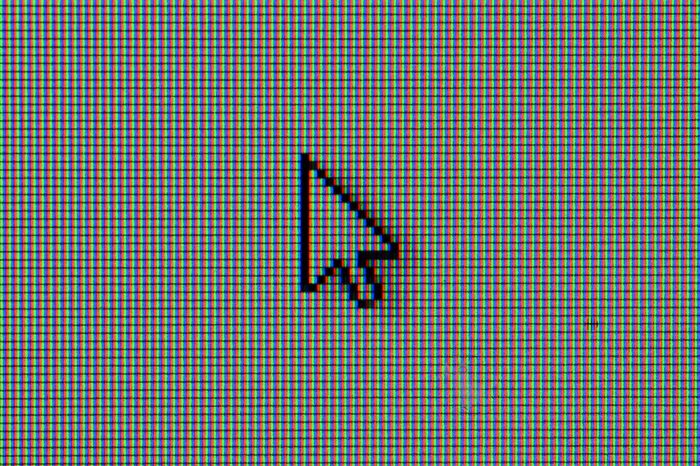
Computer programming
Born in 1815, Ada Lovelace was the daughter of poet Lord Byron, but it was her mother who encouraged her to pursue mathematics. When she was about 17, Lovelace befriended inventor Charles Babbage, who’s famous for being the “father of the computer.” Translating a French article for her mentor, Lovelace added her own notes, which were three times longer than the original article. Her work on how to code a computer (which hadn’t been built yet) to use letters and numbers was published in 1843 under “A.A.L.,” locking her place in history as the first computer programmer. Check out these other 58 trailblazing “female firsts” to make history.

Windshield wipers
During a trip to New York City, Alabama woman Mary Anderson noticed a trolley driver couldn’t see well when it was snowing. At that point, drivers had to open the window to clear it, letting snow and rain into the vehicle. As a solution, Anderson designed and patented wood and rubber arms that would push rain and snow off the window at the pull of a lever. She was told her 1903 invention was distracting and impractical, and never profited off her design.

Turn signals
As the first film actor to be named publicly, Canadian-born Florence Lawrence is widely considered the world’s first “movie star.” But her contributions go way beyond the big screen. Lawrence was an auto aficionado and designed the first turn signal, which raised arms on the car’s fender at the push of a button. She also designed a brake signal that raised and lowered when a driver hit the brakes, though she never patented either of those inventions. Here are more inspiring true stories of women changing the world.

Monopoly
Born in 1866, Elizabeth Magie was influenced by Henry George’s 1879 book, Progress and Poverty, which argued that only land should be taxed, meaning rich landowners would pay the most. Hoping to prove that unchecked capitalism makes the poor poorer while the rich get richer, Magie patented The Landlord’s Game in 1904. Players had two options of rules: One rewarded all the players when anyone made money, while the other had the goal of running other players dry. Magie hoped it would be obvious that the anti-monopoly choice was best—during the game and in real life. Unfortunately for Magie, an unemployed man named Charles Darrow ripped off her idea in the 1930s and sold Monopoly to Parker Brothers, making millions in royalties. Magie called Darrow out for plagiarism during interviews with major newspapers, but her profits from her idea tapped out at $500.

Dishwasher
No, the inventor of the first commercially successful automatic dishwasher didn’t come from a housewife frustrated with her chores. Josephine Cochrane was the socialite daughter and great-granddaughter of a civil engineer and inventor, respectively. She was annoyed that her servants would chip the dishes while washing them, so she took it upon herself to find an easier, gentler way to clean them. Cochrane created a motor-powered dishwasher in a shed behind her house, and received a patent in 1886. She founded a company to manufacture the machines, which were initially sold to restaurants and hotels rather than homes. Her company eventually became KitchenAid.
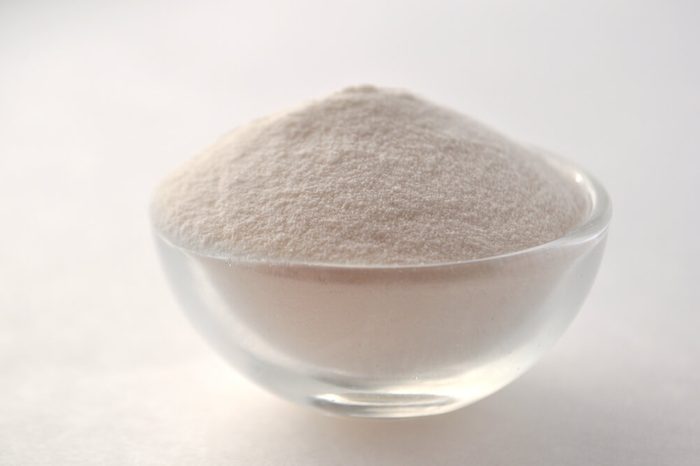
Xanthan gum
Allene Rosalind Jeanes, PhD, was working for the U.S. Department of Agriculture when a soft drink company sent a soda sample to their lab, wondering why it had become syrupy. Jeanes realized a specific type of bacteria had gotten into the drink and produced dextran, thickening the liquid. Dextran was initially used to thicken blood during treatment of injured soldiers in the Korean War, but Jeanes used her first discovery as a guide when producing xanthan gum, which is used in food, cosmetics, and other substances to improve texture.

“Invisible” glass
Without a special coating, glass is hard to see through because it causes a glare when the light reflects. Enter Katharine Burr Blodgett, who in 1926 became the first woman to receive a physics Ph.D from Cambridge. Working as a research scientist for General Electric, she discovered a method for building up thin layers of soap film on glass, then realized her films could cancel out virtually all the glare on a glass. In 1938, she received a patent for her “invisible glass.”
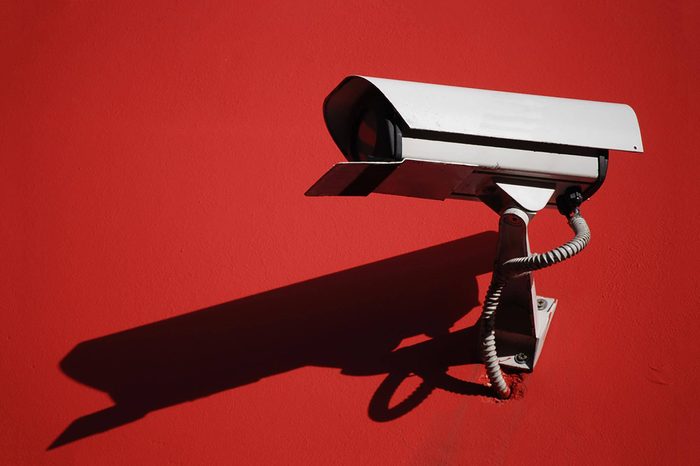
Home security system
As a nurse in the 1960s, Marie Van Brittan Brown had a conflicting work schedule with her husband, Albert Brown, an electronics technician. Uncomfortable home alone in Queens, New York, Van Brittan Brown enlisted him to help her create a security system. Together, they patented a system with a camera that would scan the area outside the door and send live video to a TV inside. Plus, two-way audio equipment would let the homeowner talk to visitors, while a radio could unlock the door or send an alarm to a police officer or guard. (Celebrate other strong women on your TV with these 14 best movies to watch about brave women.)
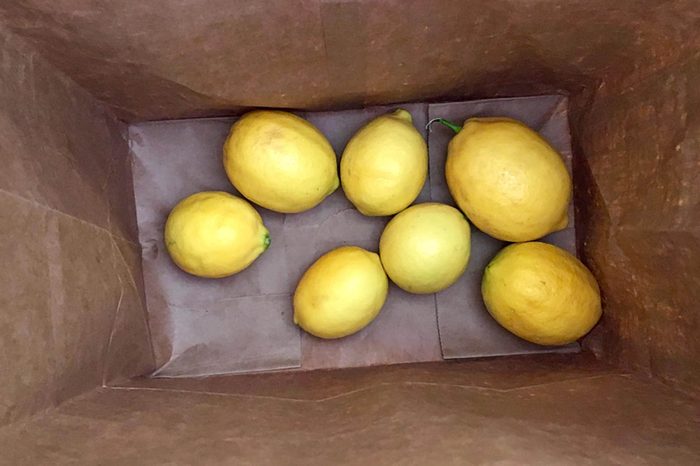
Flat-bottomed paper bags
The first paper bags were more similar to envelopes or cones, and they couldn’t stand upright on a table. Inventor Margaret Knight designed a machine that would fold paper bags with flat bottoms—but Charles Annan stole and patented that design without giving her credit. The female inventor brought Annan down in a legal battle and earned her own patent in 1871.
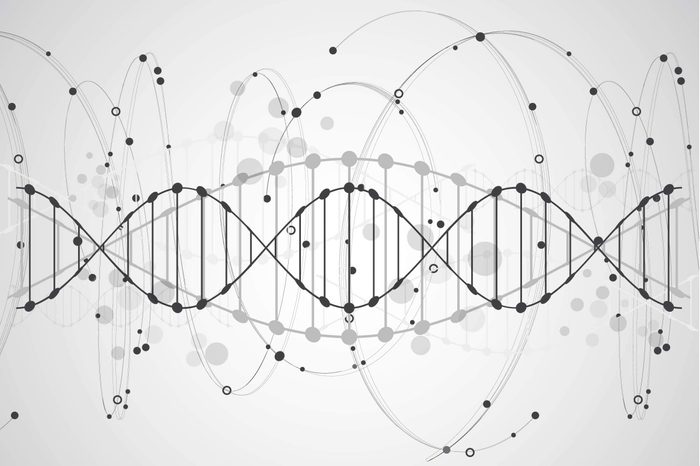
DNA models
While James Watson and Francis Crick are attributed with the discovery of the spiral-like double-helix structure of DNA, it was actually a woman who paved the way to their findings. English physical chemist Rosalind Franklin, PhD, designed a machine that took a photo showing evidence of DNA’s shape in 1952, now known as Photograph 51. Unfortunately for Franklin, her colleague Maurice Wilkins showed Photo 51 to Watson and Crick, and their work with it was published in 1953. Franklin died of ovarian cancer in 1958, before she could find out the male scientists won the 1962 Nobel Prize.
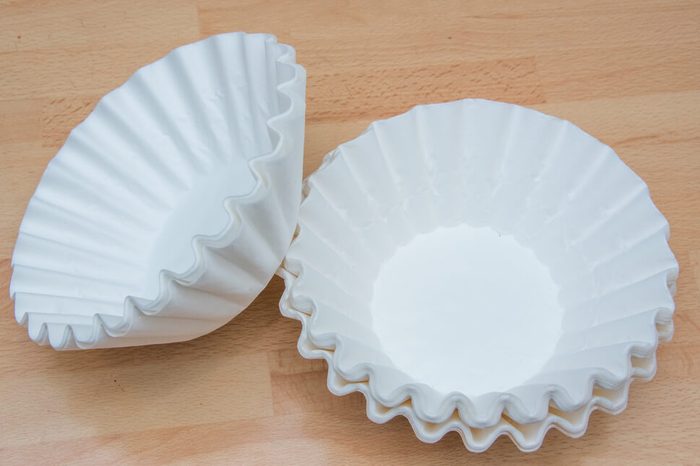
Paper coffee filters
There were no coffee makers in the early 1900s, so home baristas would make coffee by pouring hot water over a cloth bag of coffee grounds, which usually left grounds in the cup. To improve the quality, German housewife Melitta Bentz poked holes in a pot, then placed a piece of blank blotter paper from her son’s workbook inside. When she poured water over grounds on the paper, Bentz realized she’d hit on a great system. Not only did the grounds stay out of the cup, but the coffee brewed quickly and tasted better. In 1908 created her own company, Melitta, which now sells coffee, filters, pour-over and drip coffeemakers, and more. Get more inspiration from these 20 confidence-boosting quotes from women who made history.
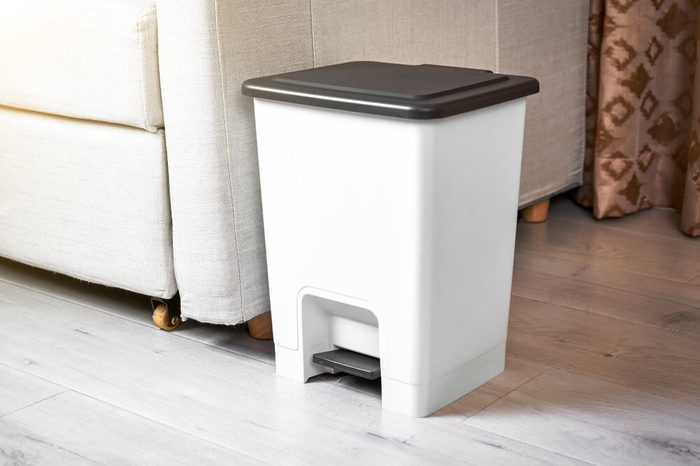
Foot-pedal trashcan
Lillian Moller Gilbreth, born in 1878, held a master’s and doctorate in psychology and became the first woman elected to the National Academy of Engineering. She came up with a laundry list of inventions with a focus on making home life easier, including the foot-pedal trashcan, fridge door shelves, and a hose to drain wastewater from washing machines. She and her husband had 12 kids before he died in 1924, and two of their kids wrote books about their family life—one of which inspired the 1950 movie Cheaper by the Dozen and its modernized 2003 version.
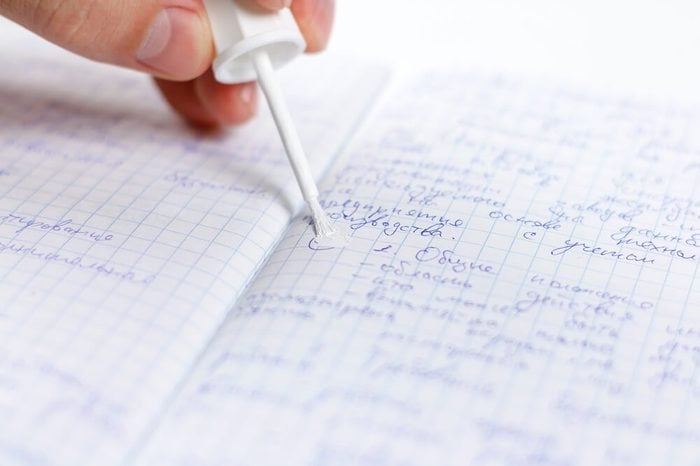
Liquid paper
Single mother Bette Nesmith Graham had a passion for art, but was working as a secretary in the 1950s to support herself and her son, who would grow up to play guitar for The Monkees. At that point, secretaries typically had to retype papers if there was a mistake because there was no easy way to cover the ink—so she used her painting knowledge to use. Nesmith created a paint formula, then used a brush to cover her mistakes to speed up her job. In 1956, she launched the Mistake Out Company from her kitchen, where her son and his friends would help her fill bottles to sell. After she got fired because her own company was taking her attention away from her secretary work, Nesmith earned a patent and rebranded it as Liquid Paper. (For more invention facts, read about items you never knew Thomas Edison invented.)

Disposable diapers
After Marion Donovan quit her job at Vogue to become a housewife, she got frustrated by the way cloth diapers would leak and the rubber pants over them created diaper rash. She started by addressing the leak problem by making reusable diapers out of surplus nylon parachute cloth, which she kept together with plastic snaps instead of safety pins. Her design was patented in 1951, but she sold the rights for $1 million and set her sights on a disposable diaper. Her design used a type of sturdy paper that would wick away moisture instead of holding it against the baby’s skin, but paper company executives scoffed at the idea. It didn’t catch on until Victor Mills, creator of Pampers, capitalized her idea a decade later. Donovan wasn’t defeated, though; she earned more than a dozen patents over her lifetime.

Frozen pizza
The daughter of Italian immigrants, Rose Totino wanted to open a pizza shop in Minneapolis. Legend has it, she convinced the bank to give her a loan by baking a pizza for the bankers. It worked, and Totino and her husband opened a take-out pizza shop in the 1950s. They later expanded to a sit-down restaurant, then started offering frozen pizzas for their customers to pop in the oven at home. By 1962, they were mass-producing those products. Totino later sold her business to Pillsbury and became the company’s first female corporate vice president. With the company, Totino perfected her recipe, and her fried freezer-to-oven crust recipe earned a patent in 1979. Learn about inventions their creators wish they’d never made.

One-handed syringes
Two male inventors—Charles Gabriel Pravaz of Scotland and Alexander Wood of France—independently created the first fine-needle syringes usable on humans in the early 1850s. Those early syringes required two hands, though, meaning a patient couldn’t self-administer. In 1899, Letitia Mumford Geer received a patent for a syringe that patients could safely hold in place while pressing the handle to administer drugs, which at that time went into the rectum.